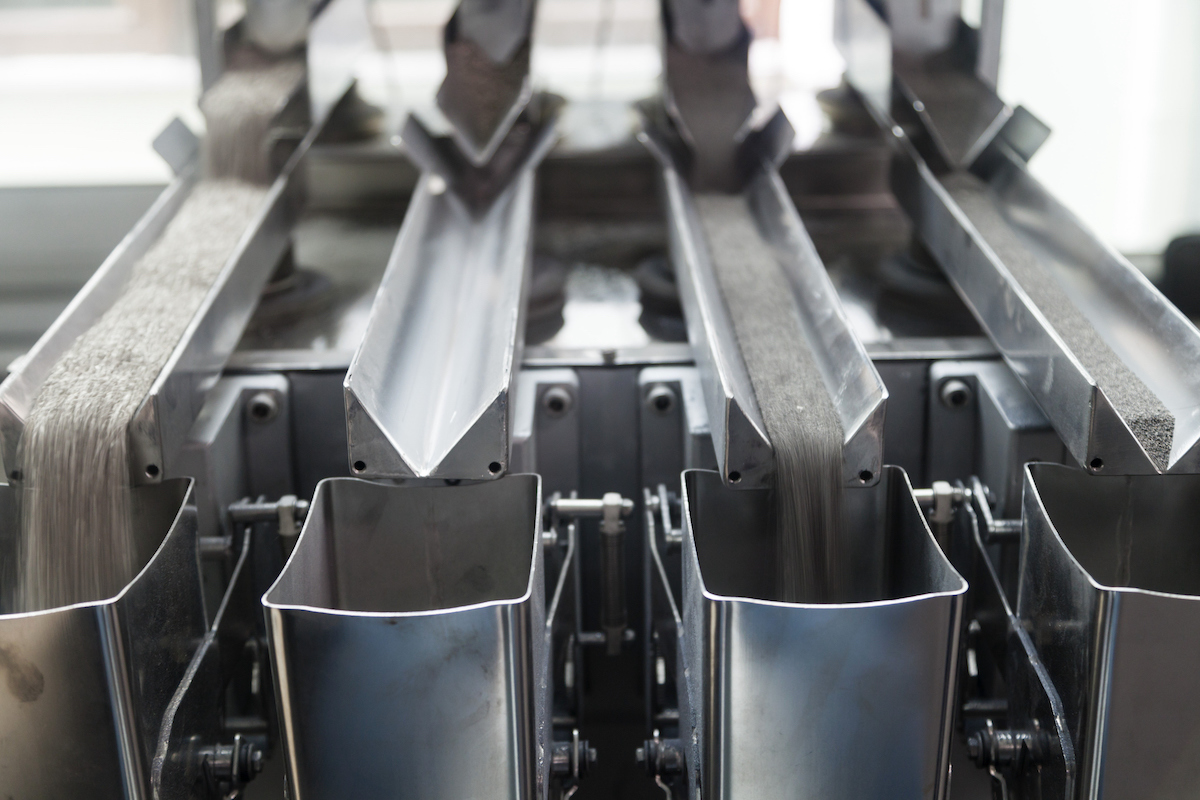How Toll Processors Help Leverage the Benefits of Flash Drying

Many industries rely on the expertise and efficiency of toll processors to dry materials. The step is critical to successful particle size reduction and, ultimately, successful products that perform as intended.
Toll processors are trained to choose the right method for the material, but it takes some skilled sleuthing that only a practiced professional can accomplish.
What raw materials reveal about their ideal toll drying services
There's no shortage of drying technologies and techniques. However, choosing among toll drying services for your application isn’t arbitrary. The materials to be processed provide key indicators about the preferred drying method:
- Particle size and density determine how material moves through a dryer, including if conveying assistance is needed. If particle sizes vary significantly, fines may need to be removed depending on the material type and format (powder, slurry, etc.). This could impact density and choice of dryer
- Starting and ending moisture percentages dictate dryer size and the timing required for goal moisture rate. Precision testing is required to assess moisture content, as an error in calculations could cause extensive — and expensive — inefficiencies. Internal and external moisture is also a consideration. If the particles hold moisture inside, diffusion is different from dealing with vaporization of external moisture on particles. Likewise, the location and percentages of moisture may signal the need for additional pre-drying processes within the line
- Heat tolerance is a crucial consideration since heat is used in most drying scenarios. In some materials, chemical reactions may occur when a certain temperature is reached. Or, excessive heat could trigger melting or burning. The heat source itself may be a point of contention. Some materials are sensitive to certain types of heat versus temperature — adversely reacting when exposed, while performing as anticipated when other heat sources are used
- Special characteristics such as abrasiveness, fragility, etc., need to be factored into the drying method decision so the proper process is aligned with what the material can endure without degradation. The dryers themselves could also be damaged if, for example, coarse materials scrape surfaces or dislodge mechanisms.
A brief overview common drying technologies
A toll processor may have drying equipment that spans a range of methods. Three of the most popular employ air-suspended particle processing (or, pneumatics), but each technology differs in how it carries it out:
- Spray drying atomizes liquid raw materials through nozzles, forming tiny droplets that are dispersed into temperature-controlled hot air, where they slowly evaporate to both dry and achieve desired particle size
- Fluid bed drying causes solid particles to essentially act like a fluid as they’re lifted from the bottom of the dryer and flow over a perforated distributor plate via an air stream and low-frequency shaking. Particles larger than 50 microns remain on top of the plate to be dried
- Flash drying uses low-pressure jets of hot air to reduce moisture.. A recirculating loop produces discrete particles from powders, centrifuge cakes, or slurries. While particle size reduction may occur during flash drying, it isn’t a guaranteed result of the process
4 benefits of flash drying
Flash drying is perhaps the most versatile drying method. It serves a range of industries — pharmaceuticals, chemical, mineral, and agricultural, to name a few — and can process materials of varying formats, such as powders, granules, pastes, and slurries.
While flash drying isn’t a universal solution, for the appropriate materials and applications, flash dryers provide the following:
- Drying efficiency, allowing for rapid moisture removal from the material.
- Enhanced product quality, because short drying times minimize thermal degradation risk or other damage to the raw materials.
- Energy savings, since the process is temperature-controlled and drying occurs through evaporation instead of heating the materials, reducing overall energy consumption.
- Flexibility and adaptability, because flash-drying systems can be customized to meet specific processing requirements and production scalability needs.
The value-add of toll processors
Manufacturers could choose to flash dry materials in-house, but there's a considerable expense in addition to the capital equipment investment. Operator training, learning curves that cause material waste, and the uncertainty of there being enough future use of materials to recoup ROI can all erode the bottom line and call value into question.
On the other hand, a toll processor eliminates these concerns. Toll processors have the appropriate drying equipment in place, the specialized team to run it efficiently, and the flexibility to scale production up or down to match needs. True toll processing partners such as CPS further enhance these core strengths with a long history of technical know-how, comprehensive testing and analysis, and an unparalleled focus on quality in flash drying and all other processes.
Which approach makes the most sense for your product and your company? The answer takes serious consideration along with the guidance you’ll find in our eBook, Comparing the Benefits of Toll Processing and In-House Manufacturing.


.png?width=100&height=110&name=CPS-Logo-rgb-no-callout%20(1).png)
